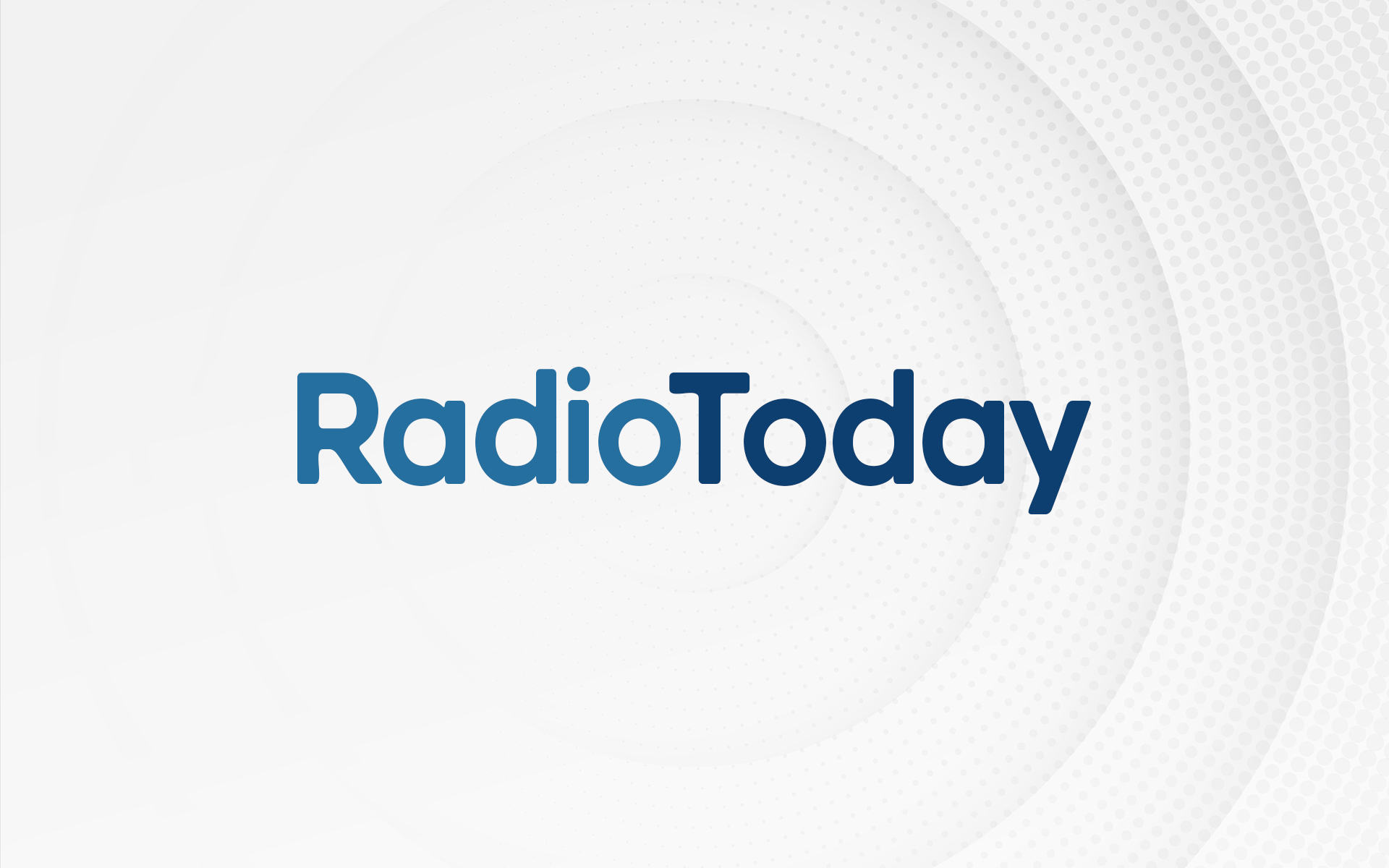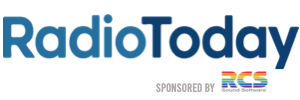
Digital Radio in Australia is set to launch in 2009 – and commercial radio stations along with the automotive industry have begun discussions on the development of the next generation of in-car digital radios that will deliver near CD-quality entertainment on the move.
The commercial radio industry will invest an estimated $400 million in launching digital radio in Australia over the next few years to enable it to compete more effectively against new and emerging technologies. The Federal Government has given the industry a launch date of 1 January 2009 for the six state capitals, with a rollout in major regional areas expected to follow soon after.
Digital radio offers enhanced, interference-free sound, as well as additional audio programs and automatic tuning. ?Digital radio eliminates hiss and crackle and automatically tunes in to the strongest, most robust signal, which means greater listening pleasure when travelling and no more twiddling around looking for stations, a particular advantage on driving holidays,? said Joan Warner, chief executive officer of Commercial Radio Australia, the national body representing commercial radio stations.
?There is also potential for digital radio to provide more frequent traffic reports, maps and other driver information to assist in traffic management,? Ms Warner said. ?On average Australians spend nearly five hours listening to commercial radio in the car every week, so we want to make sure digital radio is available from 2009 ? 2010 in new cars as either a factory fit or an after market option.?
Commercial Radio in Australia has held meetings with car makers including Holden, Toyota and Ford to prepare for the launch of digital radio. A briefing for car and receiver manufacturers and government officials was hosted at the National ITS Centre in Melbourne recently by Intelligent Transport Systems (ITS) Australia, a non-profit organisation focused on facilitating the development of technologies to improve the safety and efficiency of transport systems.
?The introduction of digital radio must be coordinated nationally to ensure systems compatibility across Australia in order that DAB can be made available to as many people on the move as possible,? said ITS Australia Executive Director Brent Stafford. ?With the massive increase in congestion over recent years we must look to every opportunity to provide rich, timely, accurate and relevant traffic and public transport information to transport users. DAB is a great platform to connect people with information such as traffic maps and other driver information services.?
Digital radio is already available as a factory option or standard fit in a range of vehicles in Europe. Most Vauxhall models in the UK are now available with digital radio fitted at the factory. Mitsubishi Motors has integrated a digital radio receiver as standard equipment into its model range. The Mitsubishi L200 Animal Double Cab comes with a digital radio including a playback function for MP3 and WMA files.
Ford also has digital radio as standard on its Ranger Wildtrak. Audi is extending the electronics platform currently in the A6, which includes digital radio, to the A4 and A5 models starting in 2008. Mercedes-Benz passenger cars is well advanced in its plans, with the first model range to include digital radio audio head units to be released in Europe in the first half of 2007.
The increase in car ownership in Australia over the past decade has made in-car an increasingly important place of radio listening. In 2005, 26 percent of all commercial radio listening in an average week took place in-car, up from 20 percent in 1996.
A recent survey by Colmar Brunton found that 75 per cent of Australians said they were very or quite interested in buying a digital radio and 36 per cent said an in-car receiver was their number one preferred way to access digital radio.
?There is already a pleasing level of interest in, and knowledge of, digital radio among car manufacturers. They have asked to be kept fully informed of progress and we plan to make further presentations to product and technical managers later in the year,? Ms Warner said.
Australian broadcasters are working with the overseas industry and major international digital receiver manufacturers on new, more efficient audio coding that, when adopted, will allow the development of a range of new, more advanced digital receivers with greater capabilities. Receivers currently on the market will not be compatible with the new platform.

